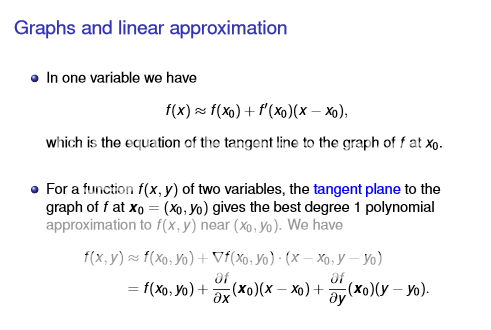leehuan
Well-Known Member
- Joined
- May 31, 2014
- Messages
- 5,794
- Gender
- Male
- HSC
- 2015
Thanks guys.
How'd you do this one?

I'm guessing it's really simple comparison like the one I posted above, just can think of the proper one...
Oh whoops. Ok then just stick to absolute convergence.I don't think it says it's safe to assume that for this question.... Here's the proper screenshot:




